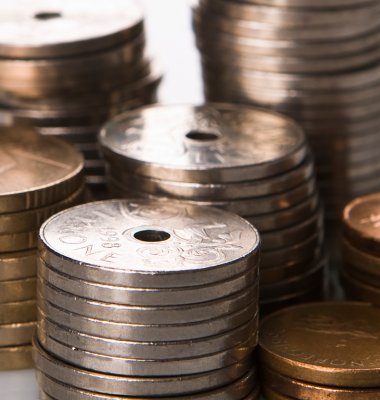PPIs increase from November to December had energy goods as the largest contributors. In Norway, production and distribution of electricity are the principal parts of this group. follows the same pattern as in November and has increased by 45.4 percent in December. The prices on natural gas made a jump in December. Cold weather and little wind in Europe increased demand for gas. In addition, there is insecurity about gas deliveries from Russia. Combined, these factors drove gas prices up in December.
Oil dampens the increase for energy goods and manufacturing
The large increase in energy goods in December was dampened by a downturn in the price on oil. The decrease in the oil price also affected refined petroleum products, which had a small decrease in prices of 0.9 percent.
For the development in PPI for manufacturing there was at an increase of 1.0 percent in December, which was a lower increase than for November. For manufacturing excluding refined petroleum we saw a larger increase in December. A strong contributor was an increase of 7.0 percent in prices in chemical industries. The biggest factor in this group was crude chemical goods which had an increase of 8.7 percent. Industries within paper and paper product also saw big increases in prices, with a total of 4.6 percent. This may be an aftermath of the very large price increase in the wood industry earlier in 2021. For other manufacturing industries, there were relatively stable prices.
Strong price increase on energy goods in 2021
PPI rose by 37.7 percent from 2020 to 2021, which is the largest yearly increase after a larger restructuring of the index in 2001. The yearly increase in 2021 was strongly driven by price increases on energy goods. PPI without energy goods rose by 5.5 percent.
The combined prices on crude oil and natural gas more than doubled compared with 2020, with an increase of 120.5 percent. Both crude oil and natural gas has contributed, but the growth has been especially high for natural gas. Both increased demand in Europe and a lower supply were important contributors. The yearly increase on electricity, gas and steam was at 90.8 percent.
The metal industry and the wood and wood product industry also had strong price increases from 2020 to 2021, at 28 and 22.7 percent respectively. Both industries saw increased demand in 2021 while the supply was lower. In 2020, the pandemic resulted in many steel works closing, and their reopening is costly both in terms of time and money. Some of the wood industry’s price increase can be explained with a large bark beetle attack in Canada. The attack sent ripples through the world markets, with the U.S. seeking other markets.
